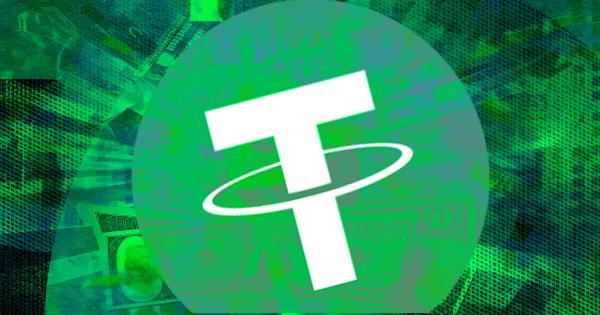On Aug. 17, leading stablecoin firm Tether announced its decision to discontinue support for its USDT stablecoin on three blockchains and blockchain layers: the Omni Layer, Kusama, and Bitcoin Cash SLP implementations of its USDT stablecoin.
Tether emphasized the significance of its decision to end support for Omni, which is the Bitcoin-based network on which the stablecoin was originally offered.
The company said that Omni Layer had experienced challenges that caused many exchanges to prefer USDT issued on other blockchains. Tether said that it is willing to reconsider its decision if Omni sees increased usage in the future.
Tether will instead offer its Bitcoin implementation of USDT on RGB, a layer-2 and layer-3 network for Bitcoin, and the Lightning Network. Tether said that this would offer “unparalleled scalability” and noted that it is contributing to the RGB’s development.
Tether said that it would stop minting USDT on the three affected networks beginning immediately, Aug. 17. The company said that it would continue to redeem the affected USDT as normal for at least one year and said users would be able to trade on exchanges.
Most USDT is on Ethereum, TRON
The decision should have a minimal impact on USDT’s supply. Though multiple other networks are supported, the vast majority of USDT currently circulates on Ethereum and TRON, which together account for virtually all of USDT’s $83 billion market cap.
Current data indicates $888 million of USDT has been authorized in Omni, but more than two-thirds of that amount is not issued or has been quarantined.
The same data shows that $3.5 million of USDT has been authorized on Kusama, with over half of that amount unissued. It also shows that nearly $6.0 million of USDT has been authorized on SLP, with about 85% of that amount unissued.
The company did not state whether its euro-pegged stablecoin, EURT, will be affected. A minimal amount of that token (€1,610.54) exists on Omni.
The post Tether stops minting USDT on three blockchains, including Bitcoin’s Omni Layer appeared first on CryptoSlate.






